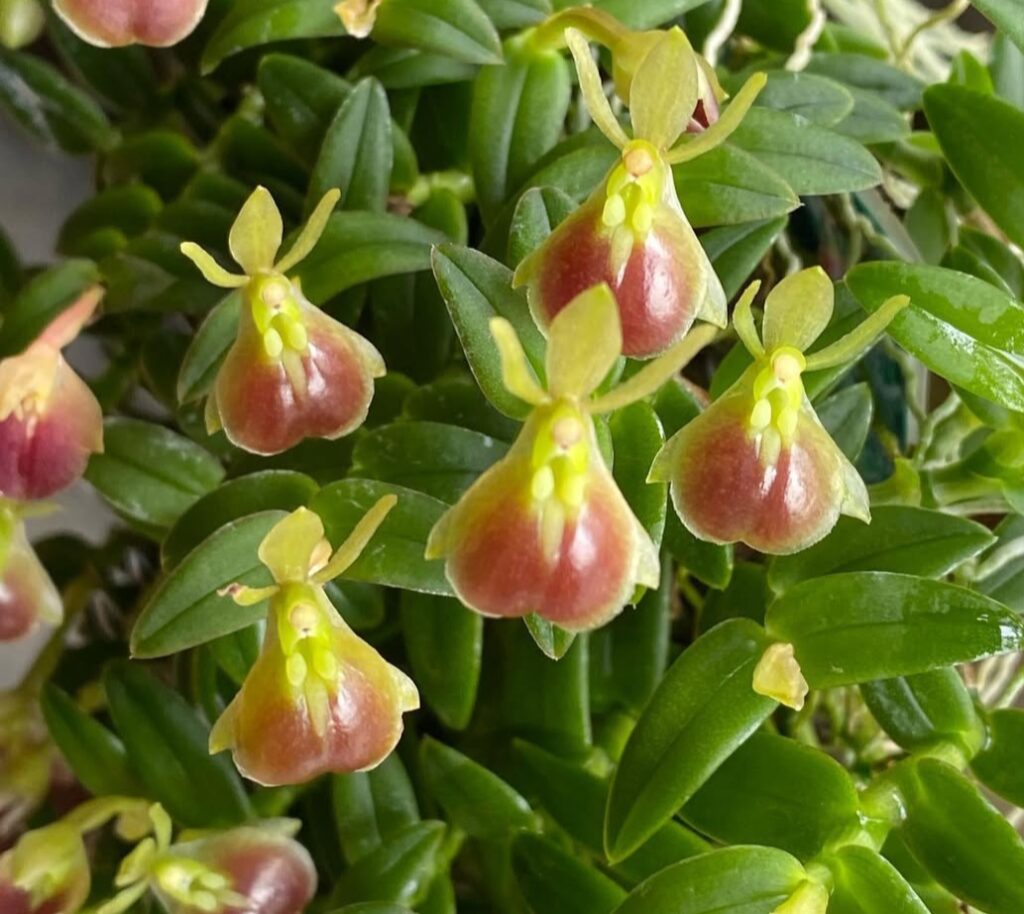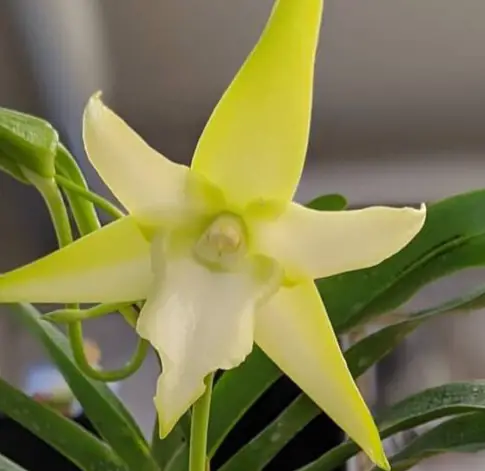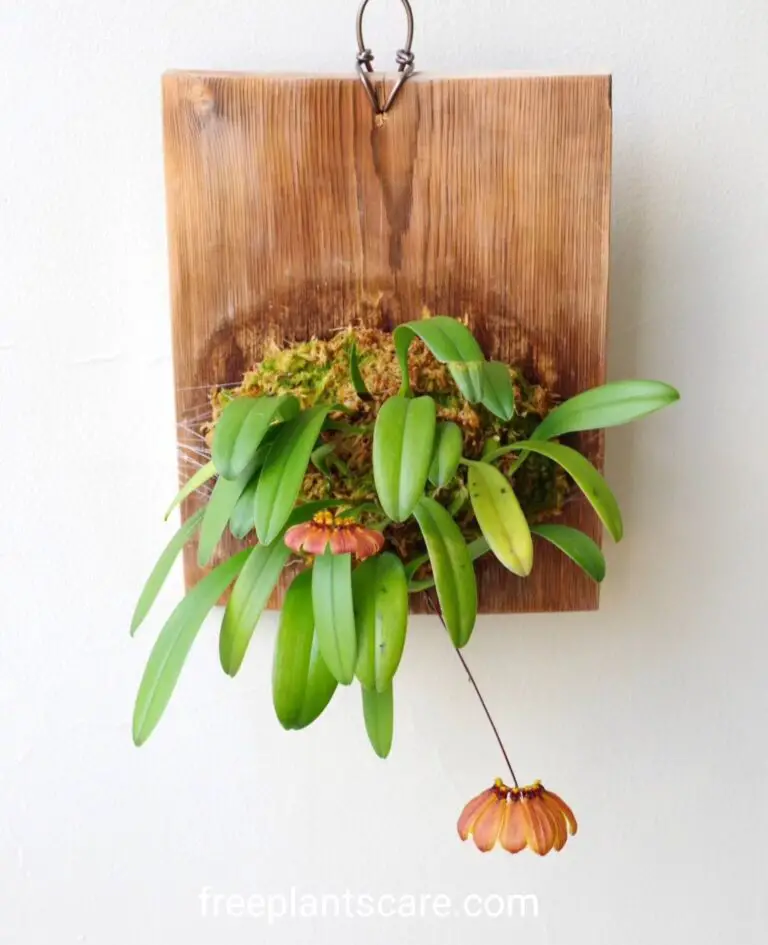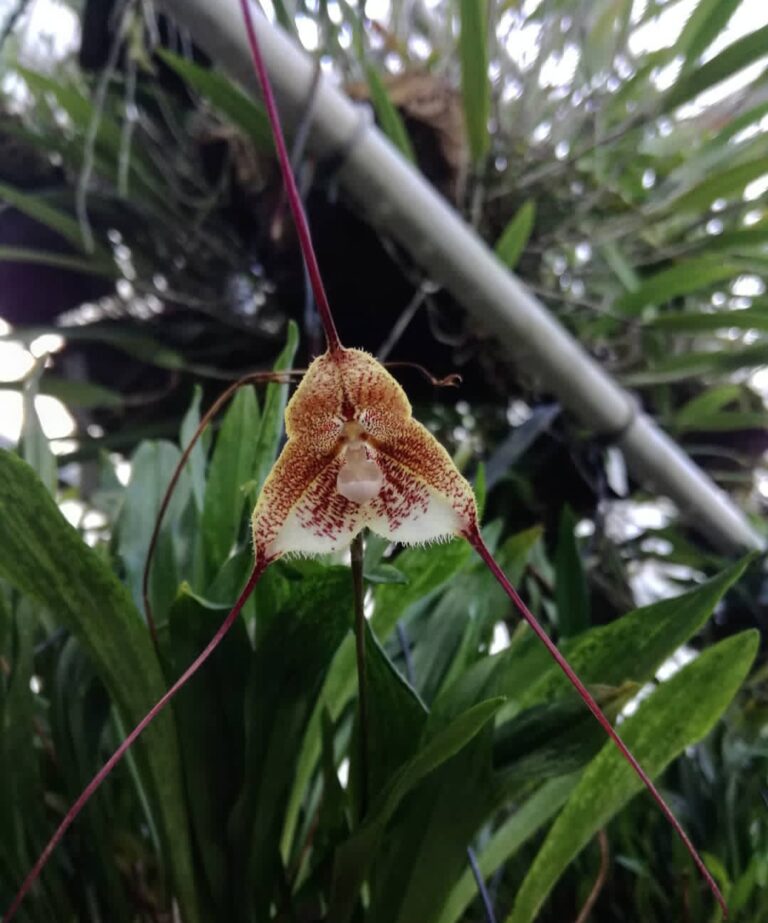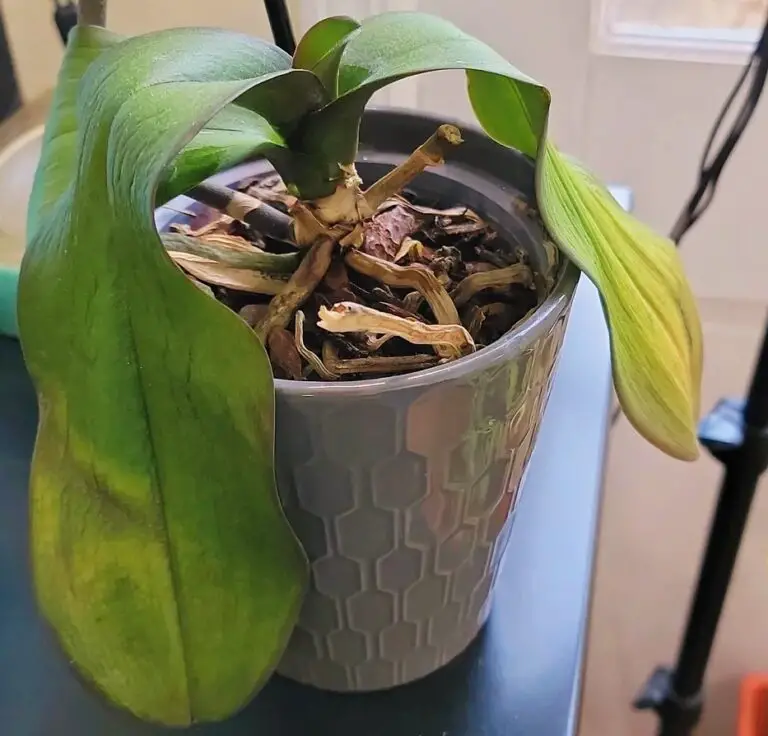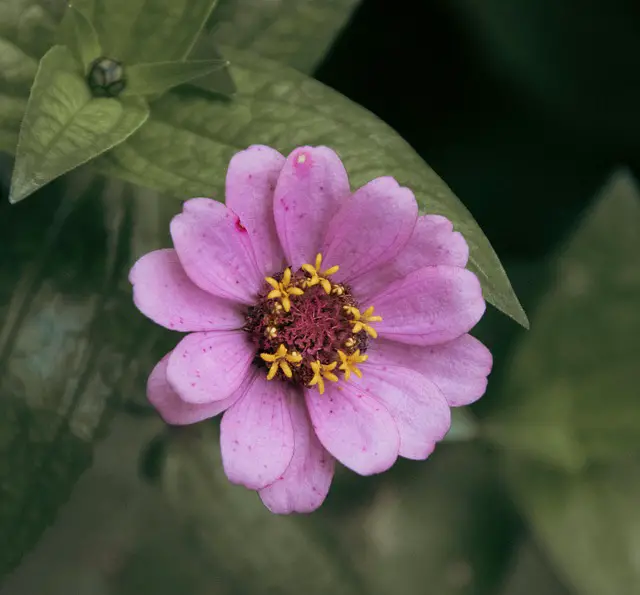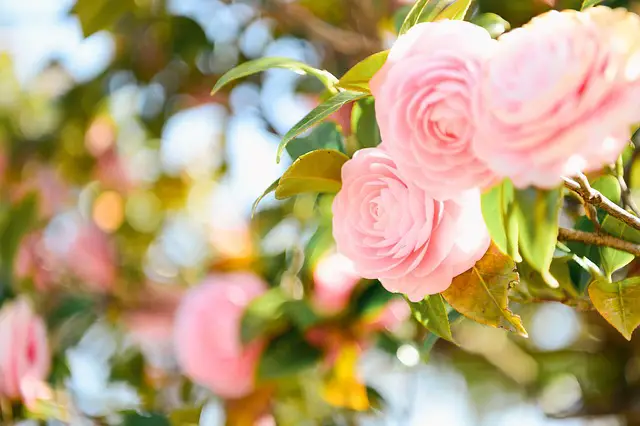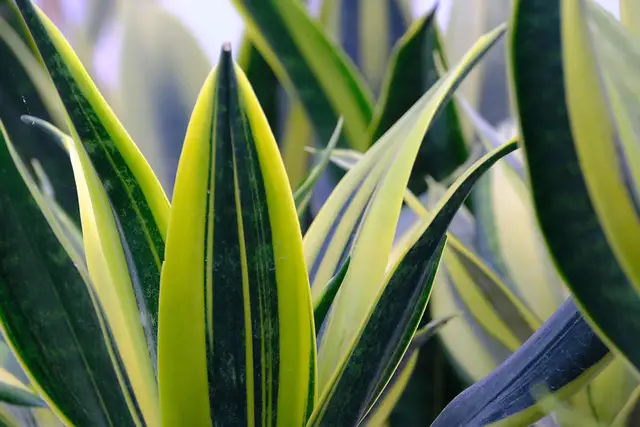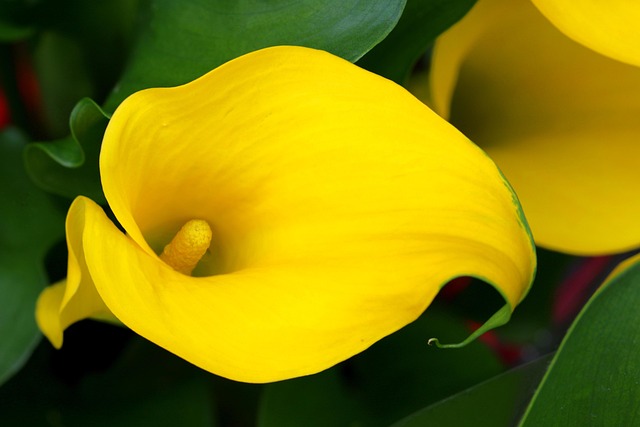The Epidendrum Porpax Orchid, often known for its miniature creeping habit and lush green leaves, is a favourite among terrarium and mounted plant enthusiasts. While it’s generally easy to grow, even experienced growers can face challenges. From yellowing leaves to root rot, this orchid can suffer if care isn’t adjusted properly.
In this post, we’ll walk you through 10 expert fixes for the most common problems faced by Epidendrum Porpax orchid growers. Whether you’re dealing with fungal issues, pests, or lack of flowering, these practical solutions will help restore your plant’s health and keep it thriving all year round.
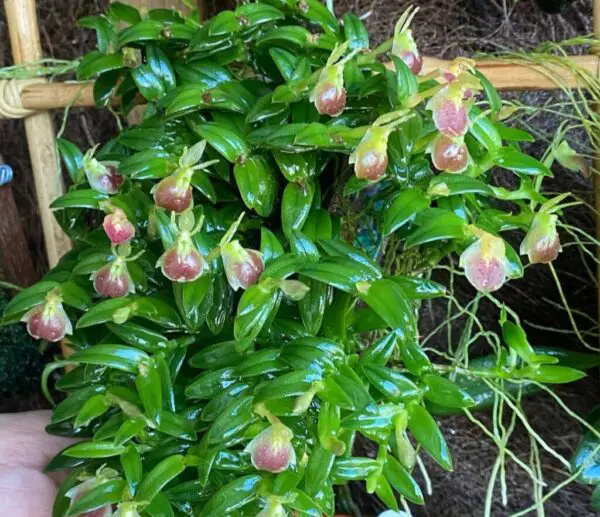
- 1 1. Fix for Yellowing Leaves
- 2 2. Solution for Leaf Wrinkling or Shrivelling
- 3 3. Remedy for Mushy or Black Roots
- 4 4. Fix for No New Growth
- 5 5. Treatment for Leaf Spots or Fungal Patches
- 6 6. Cure for Bud Blast (Buds Falling Off Before Blooming)
- 7 7. Fix for Leggy or Unbalanced Growth
- 8 8. Solution for Pests Like Aphids or Mealybugs
- 9 9. Reviving a Wilted or Droopy Orchid
- 10 10. Rescue Plan for a Bare or Declining Mount
- 11 FAQs About Epidendrum Porpax Orchid
1. Fix for Yellowing Leaves
Poor drainage or excessive watering are frequently indicated by yellowing foliage on Epidendrum Porpax orchids. A little dryness in between waterings is preferred by these orchids. Make sure your pot or mounting media drains properly, and keep roots away from damp areas. Increasing light levels and airflow can also aid in reversing yellowing.
2. Solution for Leaf Wrinkling or Shrivelling
Wrinkled or shrivelled leaves usually indicate dehydration. This can happen when the orchid is underwatered, exposed to dry air, or suffers from excessive heat. To rehydrate the leaves and restore their firmness, water the plant more frequently, mist it frequently, and use a humidifier or pebble tray to boost humidity.
3. Remedy for Mushy or Black Roots
Mushy, black roots are a clear symptom of root rot, typically caused by constant moisture. Gently unmount or unpot the orchid, trim off the damaged roots with sterile scissors, and repot in fresh bark or sphagnum moss. To avoid recurrence, let the orchid dry out a little between waterings.
4. Fix for No New Growth
If your Epidendrum Porpax orchid isn’t producing new growth, it might be lacking essential nutrients or adequate light. Use a diluted orchid fertiliser once a month during the growing season. Place the orchid in bright, indirect light to stimulate healthy development and encourage new pseudobulbs to emerge.
5. Treatment for Leaf Spots or Fungal Patches
Fungal spots often appear when humidity is high and air circulation is low. These spots may spread quickly if left untreated. Improve ventilation by using a fan or moving the orchid to a breezier spot. Apply a safe orchid fungicide and remove heavily spotted leaves to protect the rest.
6. Cure for Bud Blast (Buds Falling Off Before Blooming)
Environmental stressors, including abrupt temperature changes, drafts, or moving the orchid during its budding phase, are common causes of bud burst, which can be annoying. Keep conditions stable, avoid handling the plant during blooming, and maintain consistent humidity to help your Epidendrum Porpax Orchid hold onto its buds.
7. Fix for Leggy or Unbalanced Growth
If your orchid is growing long and leggy, it’s likely reaching for light. This signals insufficient brightness. Move the plant to a brighter location with filtered sunlight, and rotate it weekly to ensure even growth. Providing the right light encourages compact, attractive growth typical of healthy Epidendrum Porpax orchids.
8. Solution for Pests Like Aphids or Mealybugs
Tiny insects like aphids and mealybugs are drawn to warm, moist orchid environments. Inspect your Epidendrum Porpax orchid regularly for sticky residue or fuzzy white pests. Use cotton swabs dipped in alcohol, insecticidal soap, or neem oil to treat infestations. In order to stop pests from spreading, isolate the afflicted plant.
9. Reviving a Wilted or Droopy Orchid
A wilted Epidendrum Porpax orchid could be experiencing root problems or nutrient deficiency. First, inspect the roots for rot or damage. Remove any dead sections, and apply a diluted kelp or seaweed extract to stimulate recovery. Resume proper watering and feeding to help the plant regain its vitality.
10. Rescue Plan for a Bare or Declining Mount
Over time, a mounted orchid may become overcrowded or decline if the moss dries out too fast. Remove dead growth, refresh or replace the moss, and resecure healthy pseudobulbs onto the mount. Maintain daily misting and regular watering to help the orchid re-establish itself and begin new growth.
The Epidendrum Porpax orchid is a resilient plant that can bounce back from most issues with a bit of care and attention. By addressing problems early and tailoring care to its unique needs, you can enjoy its charming foliage and creeping growth habit for years to come.
FAQs About Epidendrum Porpax Orchid
1. What is the Epidendrum Porpax Orchid?
The Epidendrum Porpax orchid is a miniature orchid species known for its creeping growth and round, fleshy leaves. Native to Central and South America, it thrives in humid, warm environments. Unlike many other orchids, the Epidendrum Porpax Orchid prefers being mounted rather than potted, making it a favourite for terrariums.
2. How do I care for an Epidendrum Porpax orchid?
To care for an Epidendrum Porpax orchid, maintain high humidity, bright indirect light, and moderate watering. Between waterings, these orchids prefer to become a little bit dry. A well-ventilated growing space and a moss or bark mount help replicate their natural habitat and promote healthy root development.
3. Can the Epidendrum Porpax orchid be grown indoors?
Yes, the Epidendrum Porpax Orchid is well-suited for indoor growth, especially in terrariums or mounted on cork bark. Ensure the plant receives filtered light, adequate humidity, and regular misting. Its compact size makes the Epidendrum Porpax Orchid perfect for apartments, desktops, or small plant displays.
4. Why are my Epidendrum Porpax orchid leaves turning yellow?
An Epidendrum Porpax orchid’s yellowing leaves are frequently a sign of excessive watering or inadequate drainage. This orchid doesn’t like to sit in soggy conditions. Ensure you’re letting the mount dry slightly between waterings and that there’s good air movement around the plant to avoid root and leaf rot.
5. What type of light does the Epidendrum Porpax orchid need?
The Epidendrum Porpax orchid thrives in bright, indirect light. Steer clear of the sun, as it can burn its leaves. East- or north-facing windows are ideal. If grown under artificial lights, ensure the Epidendrum Porpax Orchid gets 10–12 hours of soft white or full-spectrum lighting daily.
6. How often should I water my Epidendrum Porpax orchid?
Watering needs depend on humidity and temperature, but typically, the Epidendrum Porpax Orchid should be misted daily and watered thoroughly 1–2 times per week. Its leaves can be scorched by direct sunlight; therefore, avoid it. Overwatering can cause root rot, while underwatering leads to leaf wrinkling.
7. Which temperature range is ideal for orchids (Epdendrum porpax)?
An Epidendrum Porpax orchid prefers temperatures between 60 and 80°F (15 and 27°C). Although it prefers warm weather, if humidity levels are maintained, it can withstand colder evenings. The Epidendrum Porpax orchid can become stressed and develop more slowly if exposed to temperatures lower than 50°F (10°C).
8. Do Epidendrum Porpax orchids bloom?
Yes, the Epidendrum Porpax orchid produces small, green or reddish flowers that appear from the base of the plant. Blooms are usually subtle but charming. To encourage flowering, provide consistent light, nutrients, and stable conditions. A well-cared-for Epidendrum Porpax orchid may flower multiple times per year.
9. Should I use fertiliser on my Epidendrum Porpax orchid?
Throughout the growing season, fertilise your Epidendrum Porpax orchid once a month using diluted orchid fertiliser. Choose a balanced or nitrogen-rich formula to support leaf and root development. Over-fertilising can harm the roots, so it’s better to feed your Epidendrum Porpax Orchid less often than too much.
10. Is the E. Porpax orchid suitable for beginners?
Yes, the E. Porpax Orchid is beginner-friendly due to its compact size and forgiving nature. It’s less finicky than many other orchids and adapts well to home environments. As long as you provide humidity, light, and airflow, the E. Porpax Orchid can thrive in most indoor settings.
11. How should I mount my E. Porpax orchid?
Mount the E. Porpax orchid on cork, tree fern, or driftwood using sphagnum moss to retain moisture. Secure it gently with wire or fishing line. Mounted orchids need daily misting and good airflow. The epiphytic lifestyle of the E. Porpax orchid in the wild is replicated in this arrangement.
12. Can I divide or propagate an E. Porpax orchid?
Yes, you can divide the E. Porpax orchid. Carefully remove a piece that has a number of pseudobulbs and healthy roots, then put it back together. The ideal season for propagation is spring. Each division of the E. Porpax Orchid will establish and develop into a new plant if it is handled carefully.
13. Why is my E .Porpax orchid not growing?
If your E. Porpax orchid has stalled, check the light, temperature, and watering routine. Poor growth can be a result of stress, root rot, or nutrient deficiency. Review its care setup and consider feeding lightly to reinvigorate your E. Porpax orchid during the active growing season.
14. What pests affect the E. Porpax orchid?
Common pests for the E. Porpax orchid include aphids, mealybugs, and spider mites. Check under the leaves and around roots for signs of infestation. Treat with neem oil, insecticidal soap, or isopropyl alcohol. A clean, well-ventilated environment helps protect your E .Porpax orchid from pests.
15. Is it possible to grow the E .Porpax orchid in a terrarium?
Yes, the E. Porpax Orchid is ideal for terrariums due to its miniature size and high humidity requirements. Use a well-ventilated container with indirect light. Mounted on wood or moss, the Epidendrum Porpax orchid adds a lush, exotic touch to any indoor terrarium setup.
